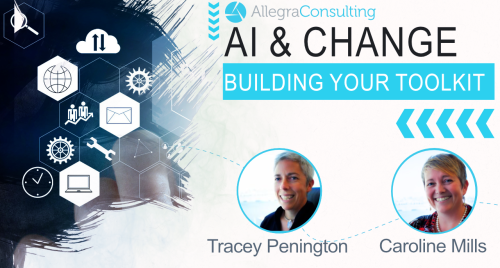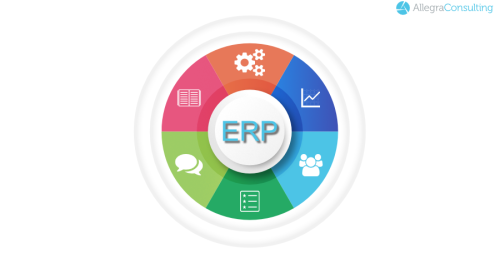
Read any thought piece or report on the top reasons why large transformational change initiatives fail within organisations and there is one that makes the list almost every time: not involving employees in the change.
Caroline Mills, Managing Director of Allegra Consulting is an experienced transformation professional with a strong track record in successful change management. She says that organisations need more than clever processes and policies to implement change successfully — employee buy-in and participation is critical.
“In all my years supporting transformation and change programs one of the key strategies that good organisations get right is involving their people as much as possible,” says Caroline. “I remember when NAB started its ‘fair value in banking’ strategy and one of the first things we did was go out to all our frontline staff and ask them what they thought fair value in banking would look like for customers".
“The frontline employees were only too happy to tell us and we were able to implement many of their ideas, which had an instrumental effect on how people engaged with the strategy. It really boils down to being authentic and open with people and looking for opportunities for them to contribute to the approach you are taking and involving them right from the start in making it a success."
In other words: do it with them, not to them.
So how do you get your employees to “buy-in” to the change? According to consulting firm McKinsey & Company, one of the first steps is giving them a cause to believe in.
“Anyone leading a major change program must take the time to think through its ‘story’ - what makes it worth undertaking - and to explain that story to all of the people involved in making change happen, so that their contributions make sense to them as individuals,” they say.
Just ask ex-Telstra chief David Thodey who took on the mighty task of transforming Telstra’s culture to become more customer-centric when he began his tenure in 2009.
When Thodey took over, Telstra was losing market share and was arguably one of Australia’s least loved companies. His challenge was to persuade some 40,000 employees to take up the cause and change their entire approach to customer service.
One of the ways Thodey rallied his troops was to have every people leader in the company attend a two-day event where they heard real customers share their poor Telstra experiences, and then in small groups they discussed how the company could have handled the incidents better.
Following the event every manager had to share their “Telstra story” – why they work there and why customer service is important to them – with their teams, who subsequently had to identify their own “line of sight”—that is, how their roles ultimately affected the customer experience.
Thodey famously said changing Telstra’s culture was harder than negotiating the National Broadband Network, but by the end of his watch, Telstra had restored revenue and profit growth, its stock price had roughly doubled, and in 2014, Telstra was name Australia’s most respected company.










